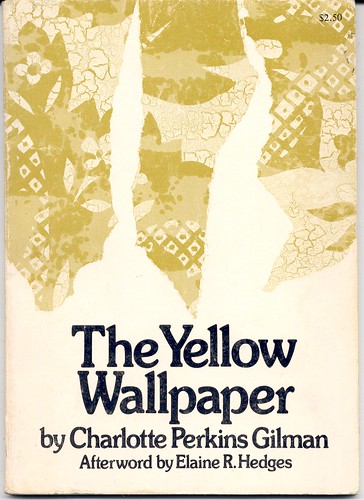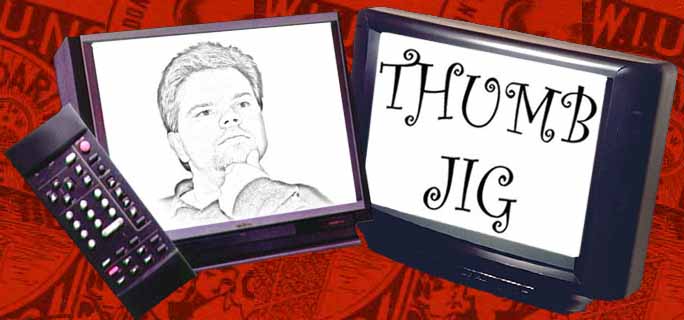 As the saying goes: “Those who write never need a check-up from the neck up.” The invigorating powers of the page can be utilized to pull people out of their depression. But this hasn’t always been so obvious. Victorian Era doctors treated psychological ailments the same as physical ones with disastrous results. It took a terrifying story of mental collapse, “The Yellow Wallpaper” by Charlotte Perkins Gilman, to help popularize modern therapy.
As the saying goes: “Those who write never need a check-up from the neck up.” The invigorating powers of the page can be utilized to pull people out of their depression. But this hasn’t always been so obvious. Victorian Era doctors treated psychological ailments the same as physical ones with disastrous results. It took a terrifying story of mental collapse, “The Yellow Wallpaper” by Charlotte Perkins Gilman, to help popularize modern therapy.
Tame by today’s standards, when first published the story provoked a physician to respond by stating that “it was enough to drive anyone mad to read it.” For those not familiar with the piece it gives us a glimpse of the journal entries of a woman experiencing a mental breakdown. At first she feels alienated. Her husband, a physician, misdiagnoses her sickness, locking her in a dark nursery away from any social interaction. As the woman sinks deeper into her imaginary world she obsesses about the ugly yellow wallpaper in her room. She sees crepuscular visions in the pattern, a non-linear narrative about toadstools and an encaged woman. By the end, she inhabits these nightmarish visions, irrevocably immersed in her lunacy.
This is loosely based on true events in Gilman’s life. She in reality had melancholia and her doctor at the time instructed her to avoid people, try not to engage in matters intellectual and above all never write again. After following the doctor’s orders she noticed her condition hadn‘t improved, instead the opposite was painfully true. Disregarding the physician’s misdirection, Gilman discovered her own cure, subsequently retelling a fictionalized account of her ordeal in “The Yellow Wallpaper”.
Upon it’s publication in 1891 she received instantaneous praise. One specialist wrote to say it was “the best description of incipient insanity“ he had ever read. There is even a case of a woman with the same disease who was cured after heeding the advice prescribed by Gilman‘s cautionary tale.
As for the author’s doctor who almost led her into mental ruin, Gilman sent him a copy of the story but he never replied. However, she heard years later that he augmented his treatment of the illness, after being one of many to realize the differences between physical and mental afflictions.
Saturday, February 24, 2007
Mental illness and yellow wallpaper
Subscribe to:
Post Comments (Atom)


No comments:
Post a Comment